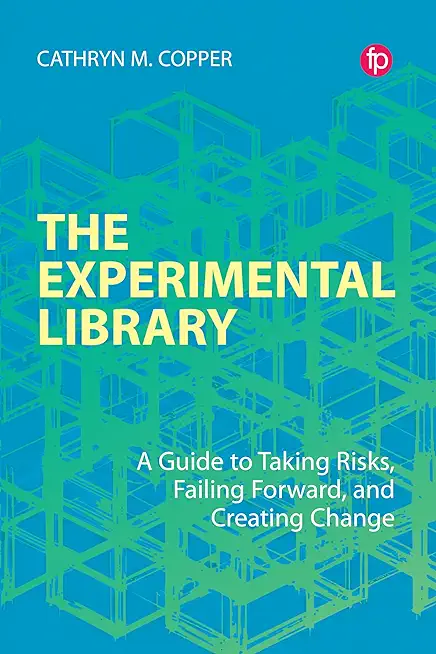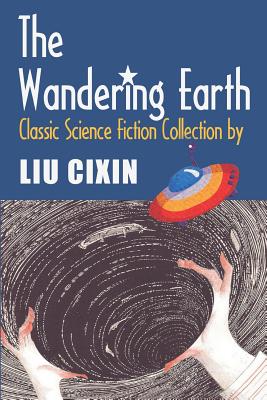
Copper, Cathryn M.
product information
description
ter positioned to adapt to rapidly changing environments and evolving user needs and behaviors. This guide shows how to draw from new approaches and technologies to harness experimentation as a tool for testing ideas and responding to change. It borrows ideas and inspiration from the startup sector to teach you how to take a human-centered and design thinking-based perspective on problem solving.
Coverage includes:
- why experimentation is possible on any budget and can be undertaken by anyone in any organisation.
- ways to foster a culture of experimentation which recognises the importance of incorporating curiosity into work and daily life.
- examples of experimentation from academic, public and school libraries as well as non-library settings.
- how to engage users in testing to identify the pros and cons of a prototype.
- guidance on employing IDEEA (Ideate, Design, Experiment, Engage, Assess) as a five-part process for trying out ideas by formulating prototypes.
This book is essential reading for library and information professionals who want to pioneer change and experiment in their library.
member goods
No member items were found under this heading.
Return Policy
All sales are final
Shipping
No special shipping considerations available.
Shipping fees determined at checkout.







